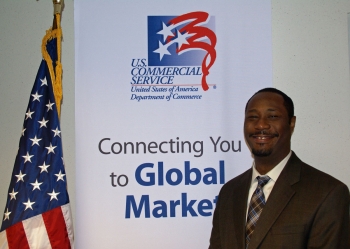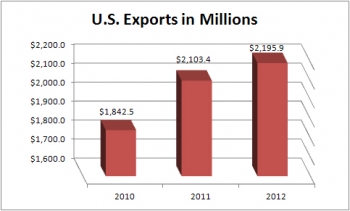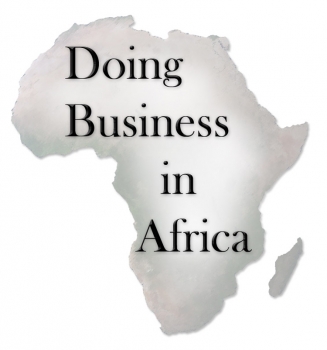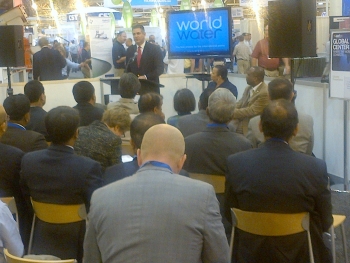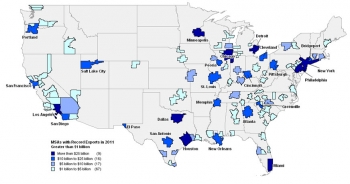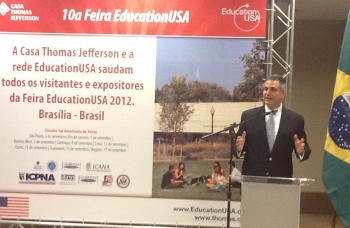Spotlight on Commerce: Antwaun Griffin, Deputy Assistant Secretary for Domestic Operations
Ed. note: This post is part of the Spotlight on Commerce series highlighting members of the Department of Commerce and their contributions to an Economy Built to Last.
Guest blog post by Antwaun Griffin, Deputy Assistant Secretary for Domestic Operations
As the Deputy Assistant Secretary for Domestic Operations within the International Trade Administration's (ITA) U.S. and Foreign Commercial Service, I help oversee all aspects of the Department of Commerce's trade promotion and export assistance services. This includes the management of 109 U.S. Export Assistance Centers (USEAC’s) around the country as well as oversight of the government’s efforts to recruit U.S.-based exhibitors and foreign buyers to domestic and international trade shows. In addition, my office also oversees the planning and execution of most government-led trade missions.
Often times this work involves critical analysis of our internal business operations to ensure that they are aligned with staff needs and those of our various clients—small businesses, industry associations, state and local governments and other federal agencies involved in trade promotion. Other times, it involves traveling to meet with business owners and groups to encourage them to export—thus creating or retaining more jobs here in the United States.


